PTFE Tubing Sizes
Our PTFE tube is commonly available in standard dimensions including outer diameter (OD), inner diameter (ID), length and appearance. Apart from standard size, we can also offer additional custom dimensions based on your requirements.
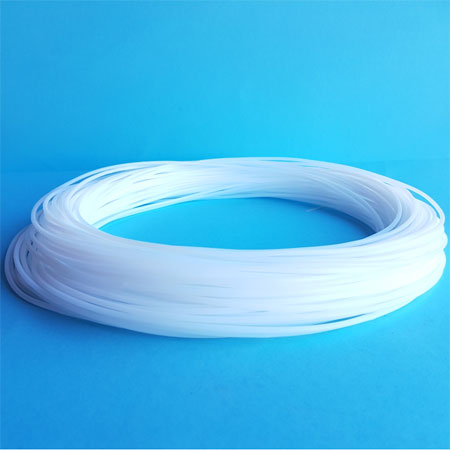
Small Sizes
With a small inner diameter (ID) ranging from 0.5 mm to 3 mm, they are usually applied in small-scale fluid handling, analytical chemistry, laboratory equipment, medical devices, capillary chromatography.
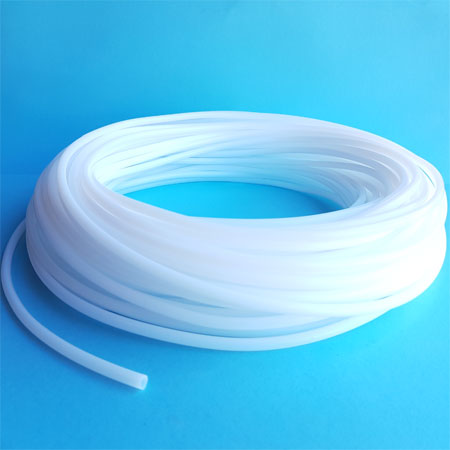
Medium Sizes
With an inner diameter (ID) ranging from 3 mm to 10 mm, they are usually applied in chemical transfer, liquid and gas handling, laboratory apparatus, fluid sampling, pneumatic systems, and electrical insulation for wiring.
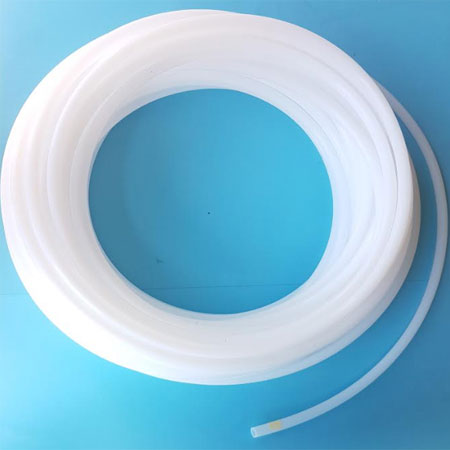
Large Sizes
With a large inner diameter (ID) ranging above 10 mm, they are usually applied in water treatment, food and beverage processing, pharmaceutical manufacturing, automotive and aerospace industries.
Item | Value | Deviation |
Inner Diameter (ID) | <2mm | ±0.08mm |
Inner Diameter (ID) | 2~4mm | ±0.1mm |
Inner Diameter (ID) | 4~10mm | ±0.15mm |
Inner Diameter (ID) | 10~20mm | ±0.3mm |
Wall Thickness | <0.4mm | ±0.05mm |
Wall Thickness | 0.4~0.5mm | ±0.08mm |
Wall Thickness | 0.5~0.8mm | ±0.1mm |
Wall Thickness | 0.8~1.5mm | ±0.15mm |
Wall Thickness | 1.5~2.5mm | ±0.2mm |
Wall Thickness | 2.5~3.5mm | ±0.25mm |
Wall Thickness | 3.5~5.0mm | ±0.3mm |
Wall Thickness | >5.0mm | ±0.4mm |
Colored PTFE Tubing
It is a type of PTFE tubing that has been pigmented to achieve a specific color. Our coloring process involves adding pigments or dyes to the PTFE material during the manufacturing process.
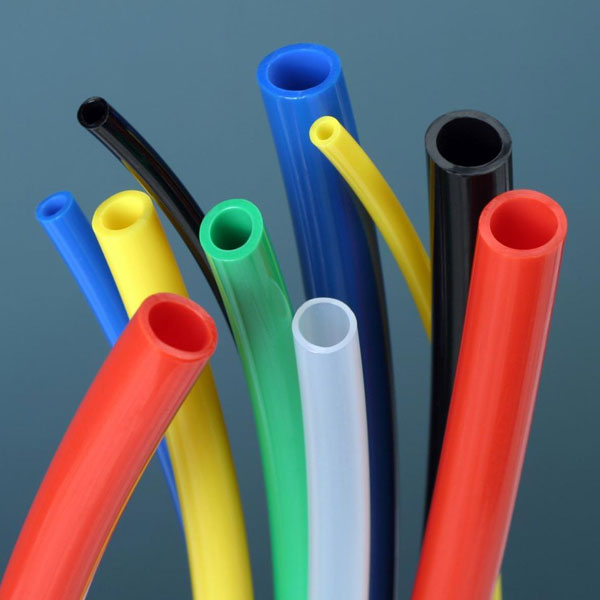
Colored PTFE tubing is commonly used in various industries and applications, such as chemical processing, pharmaceuticals, food and beverage, electronics, automotive, and laboratory settings, where the color-coding of tubing is necessary for identification, organization, or aesthetic purposes.
It's important to note that while PTFE tubing can be colored, the options for colors may be limited compared to other materials like PVC or silicone. The pigmentation process for PTFE tubing is more challenging due to the material's inherent properties.
Therefore, colors like white, black, blue, red, and green are more commonly available.
ePTFE Tubing
The main difference between ePTFE and PTFE tubing is the structure. Expanded PTFE (ePTFE) tubing, also called porous ptfe tubing, which is produced by a process called expansion, which creates a highly porous structure. This porosity makes ePTFE tubing suitable for applications where breathability, filtration, or controlled fluid flow are required.
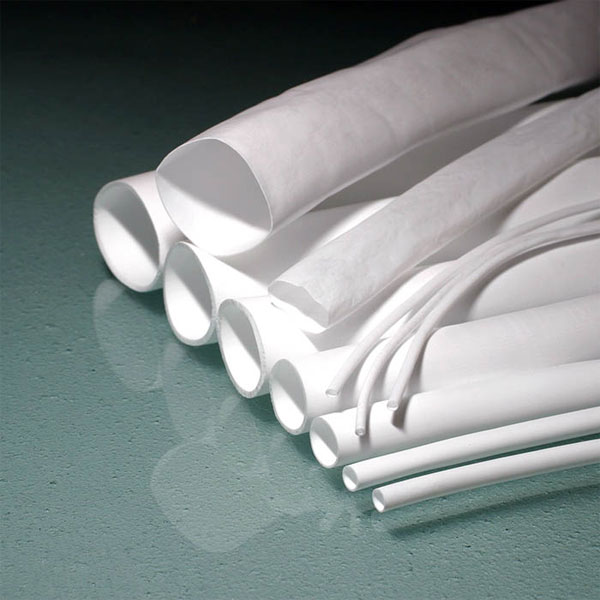
Some specific applications of ePTFE tubing include:
- Medical devices: Catheters, vascular grafts, implantable devices, and surgical tools.
- Chemical processing: Transfer lines, connectors, and gaskets for handling corrosive chemicals.
- Food and beverage: Hoses, seals, and tubing for the processing and transport of food products.
- Filtration: Membrane filters, filter cartridges, and venting applications.
- Electronics: Wire insulation, protective sleeves, and connectors.
- Automotive: Fuel lines, brake lines, and fluid transfer systems.
ePTFE tubing can be customized in various sizes, and wall thicknesses to suit different applications.
Filled PTFE Tube
The addition of fillers to PTFE tube can enhance its strength, stiffness, dimensional stability, and wear resistance. The percentage of a filler is depend on the specific application and the type of filler material used.
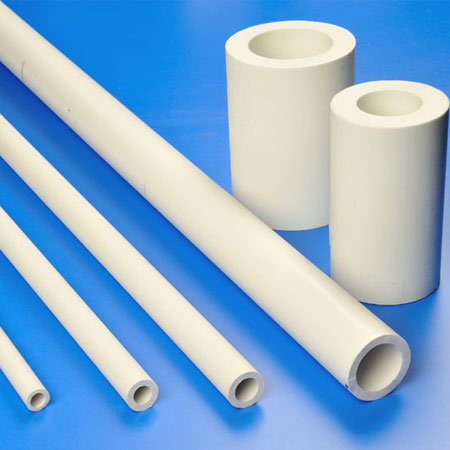
Glass Filled PTFE Tube
Glass fibers are added to PTFE tube to increase their mechanical strength and dimensional stability. Glass fiber filled PTFE tube offer improved wear resistance, higher tensile strength, and reduced creep compared to unfilled PTFE tube.
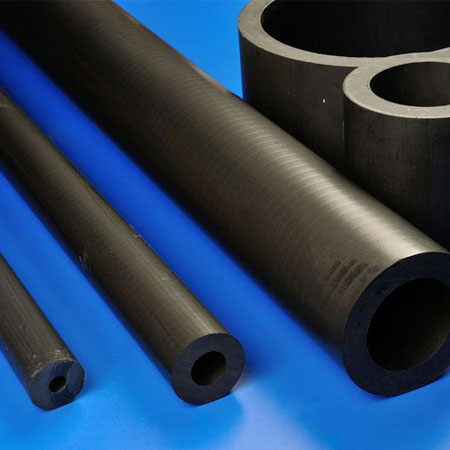
Carbon Filled PTFE Tube
This PTFE tube added conductive carbon black particles to enhance its electrical conductivity. One of its typical variants is the antistatic PTFE tube, which is specifically designed to dissipate or prevent the accumulation of static charges.
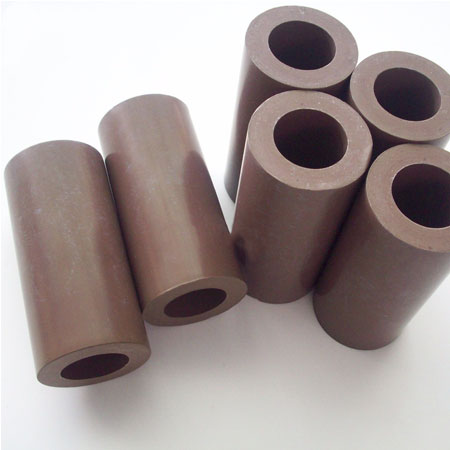
Bronze Filled PTFE Tube
The bronze filler can enhance the thermal conductivity of the PTFE tube, allowing it to dissipate heat more efficiently. This property can be beneficial in applications where heat transfer or thermal management is important.
Get In Touch With Us
FAQs of PTFE Tubing
What are the available sizes and wall thicknesses of your PTFE tubing?
Our PTFE tubing’s common outer diameter includes 1/8″, 1/4″, 3/8″, and 1/2″, and with various wall thicknesses.
Can your PTFE tubes be customized? What parameters are required for customization?
Yes, our PTFE tubes can be customized to your requirements. Customization involves several aspects, such as outer diameter, inner diameter, wall thickness, color, and fillers.
Can your PTFE tube be composited with several fillers?
Yes, our filled PTFE tubes can be composite with several different materials to fulfill the specific properties you want to enhance.
Do you have stock samples? And how to get them?
Yes, we have a large inventory of PTFE tubing with common size in our warehouse. Free samples only take 5~7 days leading time for a quick quality check.
What are your payment terms?
- For sample orders, Paypal or T/T 100% as a deposit.
- For bulk orders, we request 30% by T/T in advance, the balance to be paid before shipment.
